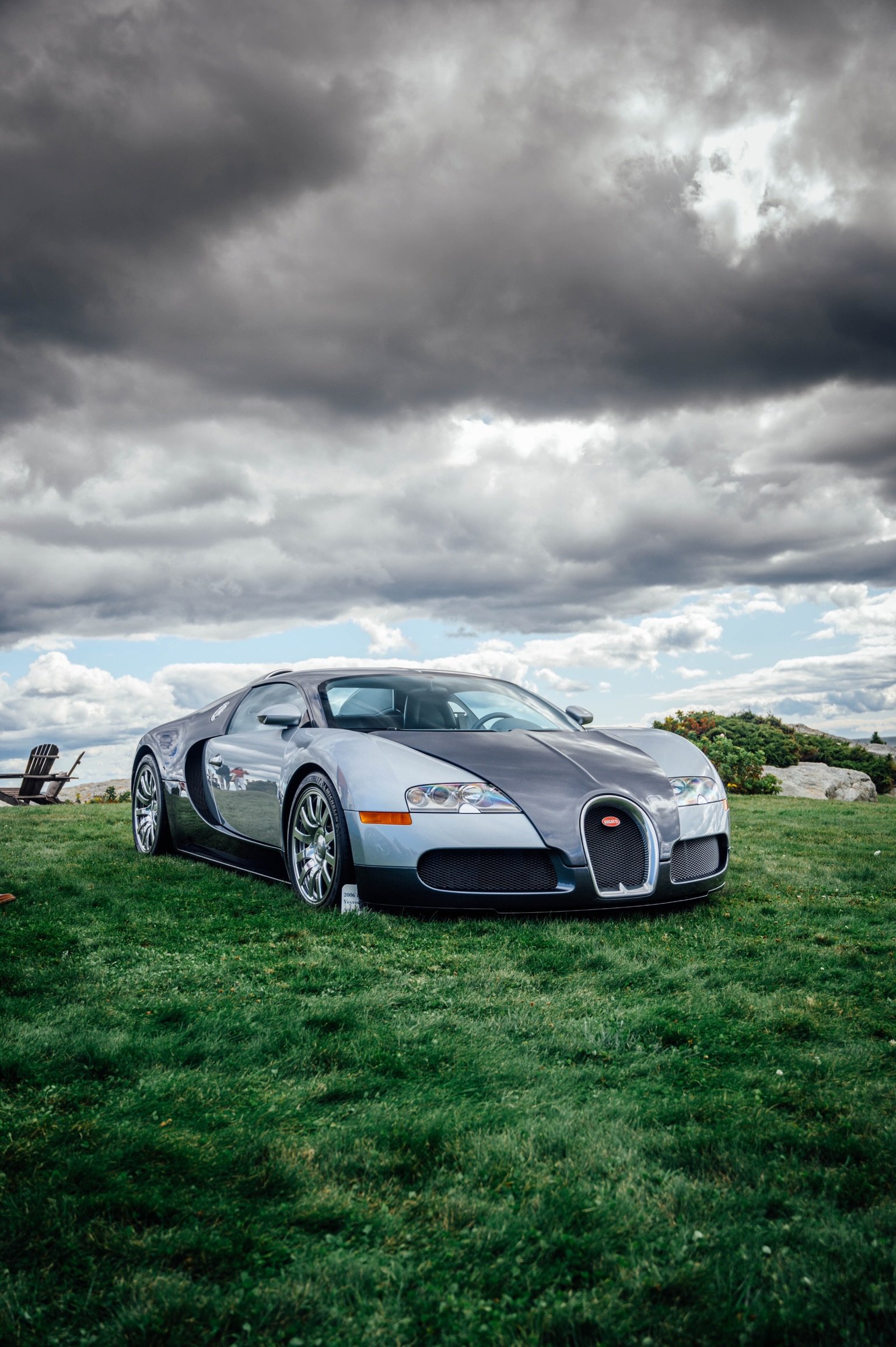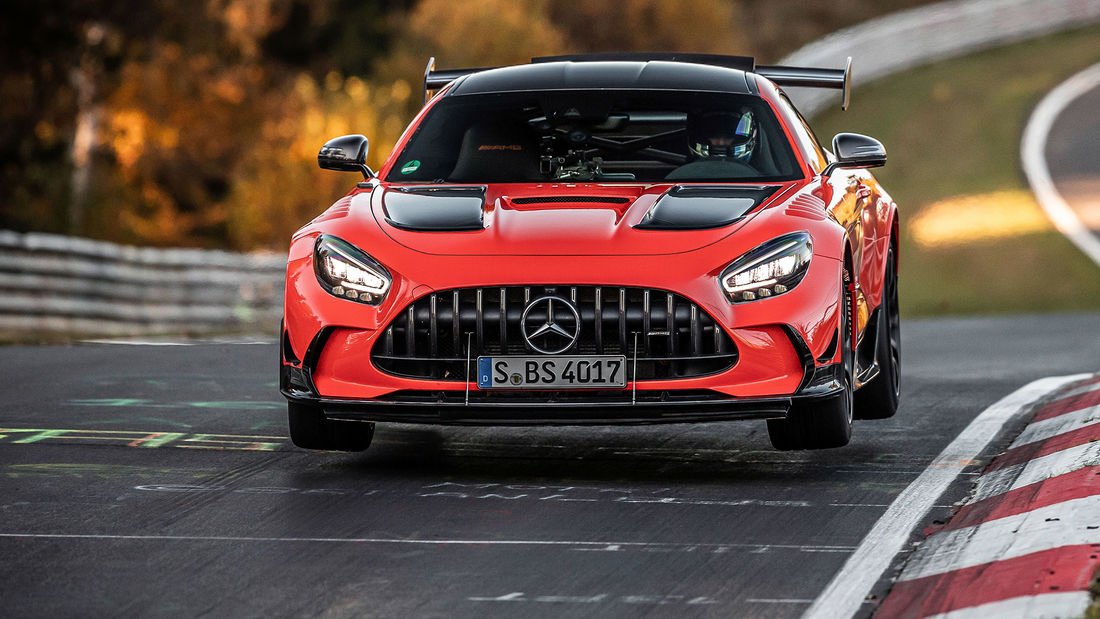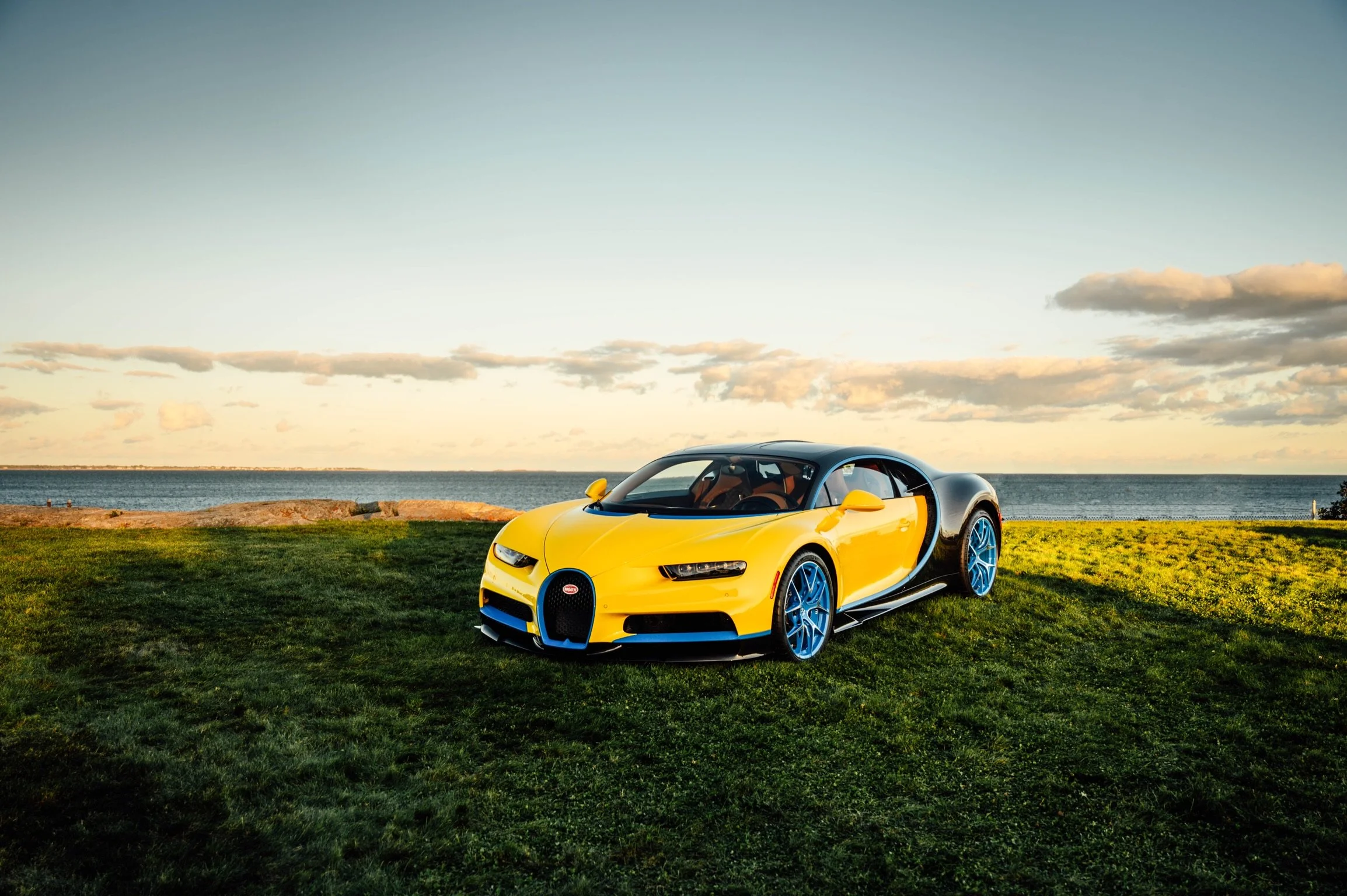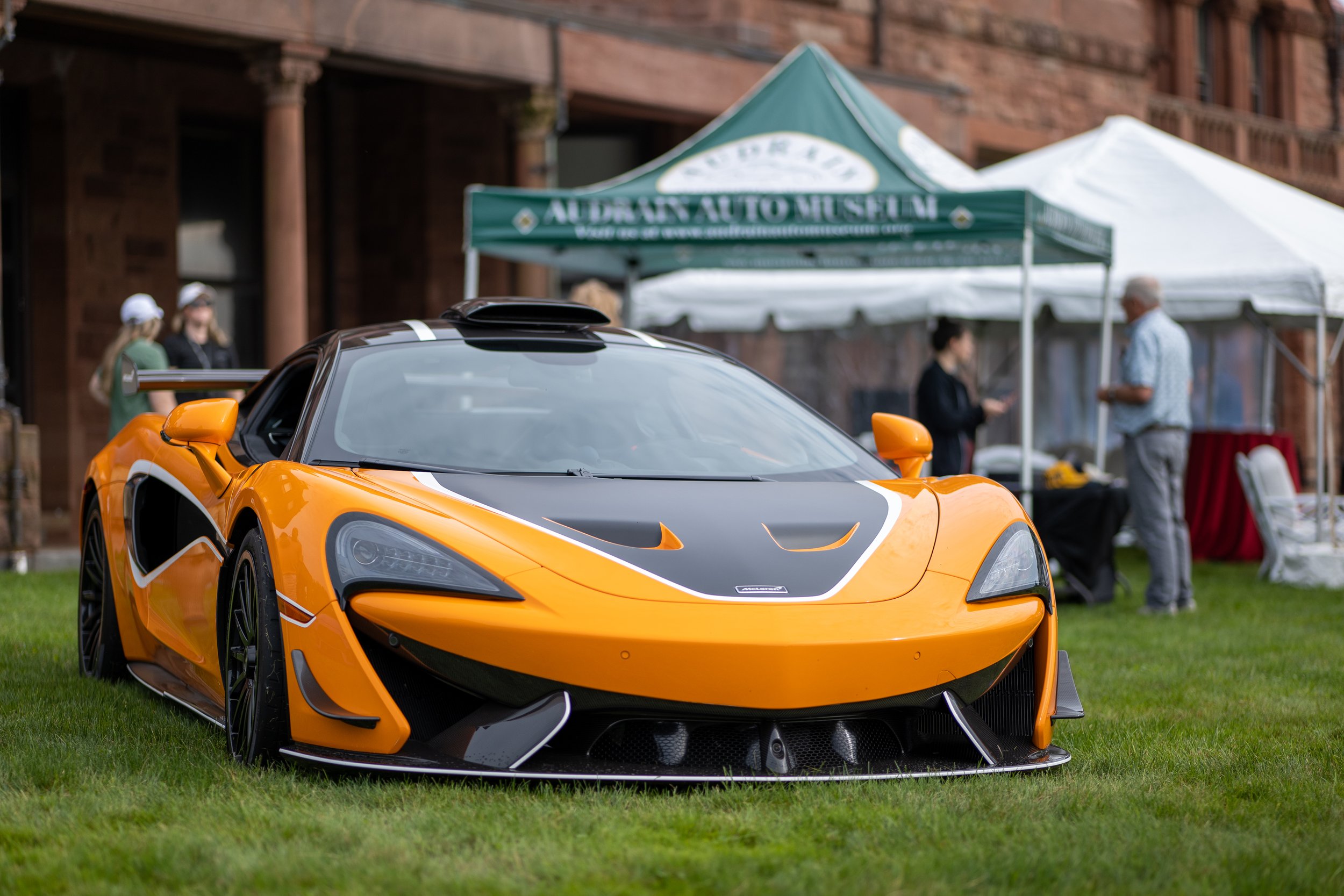1988 Porsche 959S
First all-wheel drive Porsche, hydraulic adjustable suspension, 197 MPH top speed. Is it super?
Lent anonymously
The Porsche 959 was the fastest, most advanced and most innovative car that Porsche had built upon its release in 1986. Development of the 959 began in 1981 as a homologation road car for Group B rally racing, though by the time the car was finished in 1985, Group B had been discontinued due to a series of major accidents and deaths. Porsche still built 345 examples of the 959, with several innovations never before seen on a production vehicle. As the 959 appears to be simply a 911 with a body kit, it is much more than that; a car that brought automotive perceptions into a new dimension.
Porsche was a much smaller, conservative company in the early 1980’s. The racing division had been successful on various global racing circuits since being founded in 1948, though the road car division had reached a point in which a change of direction was deemed necessary. The company had attempted to diversify the production car line-up with the mid-engine 914 in the early 1970’s, and front-engine 924 and 928 in the late 1970’s. Porsche wanted to test the limits of the 911 and build an advanced car that would be at the top of the model range for years to come. The Group B rally class served as the perfect testing ground for Porsche’s new technologies, with radical racers such as the Audi S1 Quattro and Lancia 037 headlining the class with massive power outputs and all-wheel drive already. By the time the 959-road car was finished however, Group B was deemed too dangerous and was cancelled.
The 959 offers a level of performance that was never seen on a production car before 1986. The 2.8 liter flat-six produced an incredible 444 horsepower with a top speed of 197 MPH, which placed the 959 into a different performance category than any car before it and rivaled only with the Ferrari F40 which was released in 1987. Turbocharging technology was difficult to manage in the 1980’s. Porsche developed a sequential turbocharging system, with one smaller turbo and one larger, to help produce power in a linear manner instead of all at once. The 959 offered astounding driving dynamics, using its all-wheel drive system to produce a high level of grip, making the car quite user-friendly.
Because the 959 was originally conceived to satisfy Group B homologation requirements, the car utilizes features that would have helped the car succeed in off-road rally racing. The 959 was the first Porsche built with all-wheel drive, an advanced system that was able to distribute torque to the front or rear from a stalk on the steering column. There are four driving modes; dry, wet, snow, and 50/50 distribution, which sent as much as 80% of the torque to the rear in dry mode. The height adjustable suspension was another industry first on the 959, giving the driver the ability to raise the height 3 inches with a switch on the center console, if the driver had intensions of driving off road. Dampening adjustments were also possible on the 959, harder or softer ride quality could be achieved through another switch on the center console. The 959 is technically equipped with six forward gears, though the lowest gear is labeled “G” on the gear lever, which stands for Gelände or off road.
With so much advanced technology offered on the 959, Porsche worked hard to reduce weight in all areas to offset the added weight of the all-wheel drive and other technologies. The body was built using Kevlar composite, except for the doors and hood which were aluminum, all mounted to a steel unibody. The floor was constructed in lightweight Nomex instead of steel, and wheels are magnesium. The curb weight of the standard 959 is 3,196 lbs., though Porsche was able to shave off an additional 220 lbs. in the 959S, deleting the stereo system, air conditioning, replacing the height adjustable suspension with typical coilovers, and other measures.
The 959 was able to push automotive boundaries forward, creating a need for a new class of supercars that just a few cars were qualified to fit into. Porsche was able to seamlessly introduce unique technologies at the time that are now standard on many supercars across the globe. While it may not immediately grab your attention like a 25th Anniversary Countach or F40, its performance is able to speak for itself.
Specifications:
Engine: Rear-Mounted Twin-Turbocharged 2.8 Liter Flat-Six, All Wheel Drive
Horsepower: 444 @ 6500 RPM
Torque: 368 ft./lbs. @ 5000 RPM
0-60 MPH: 3.6 Seconds
Top Speed: 197 MPH
Transmission: Six-Speed Manual



















